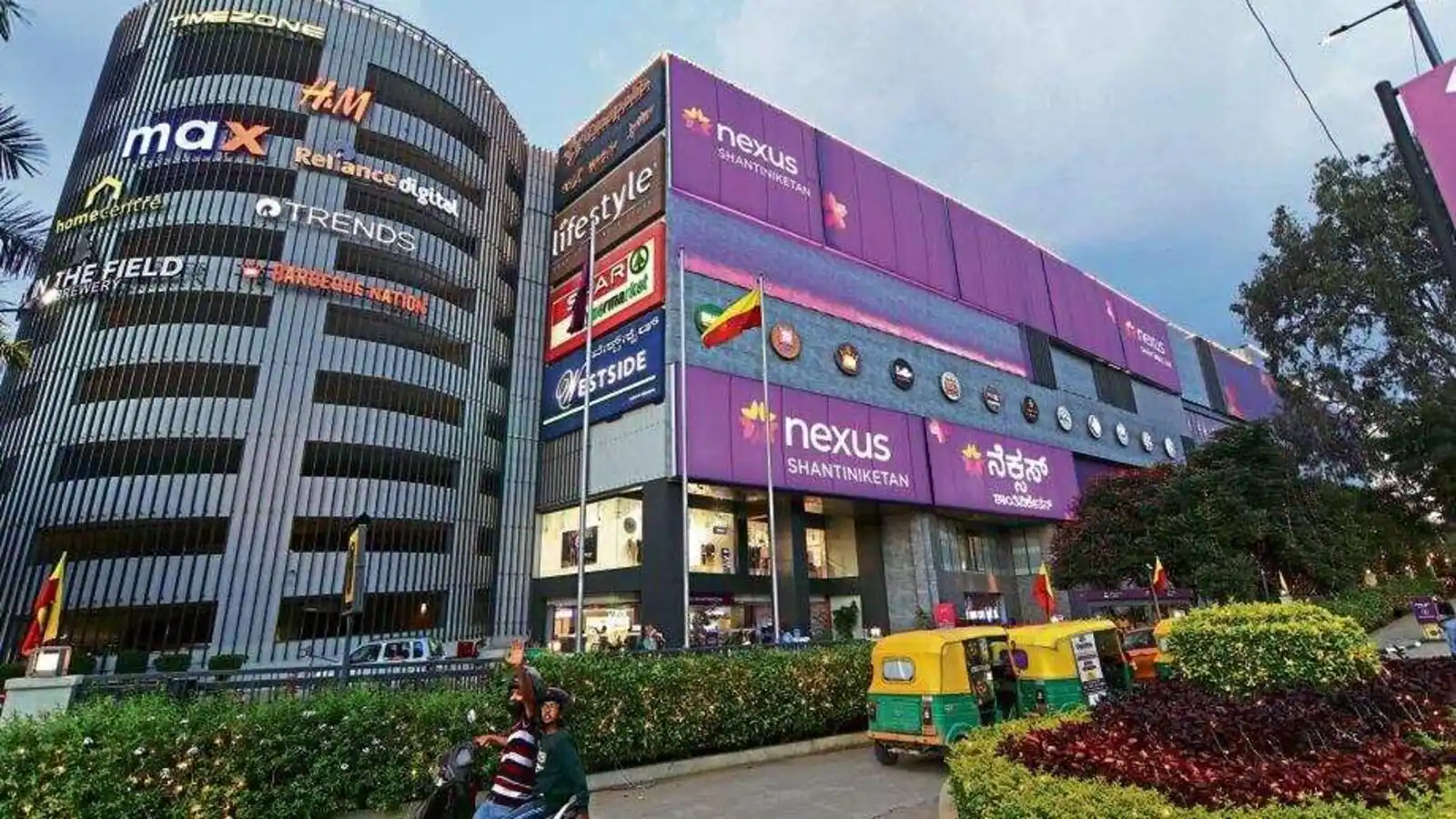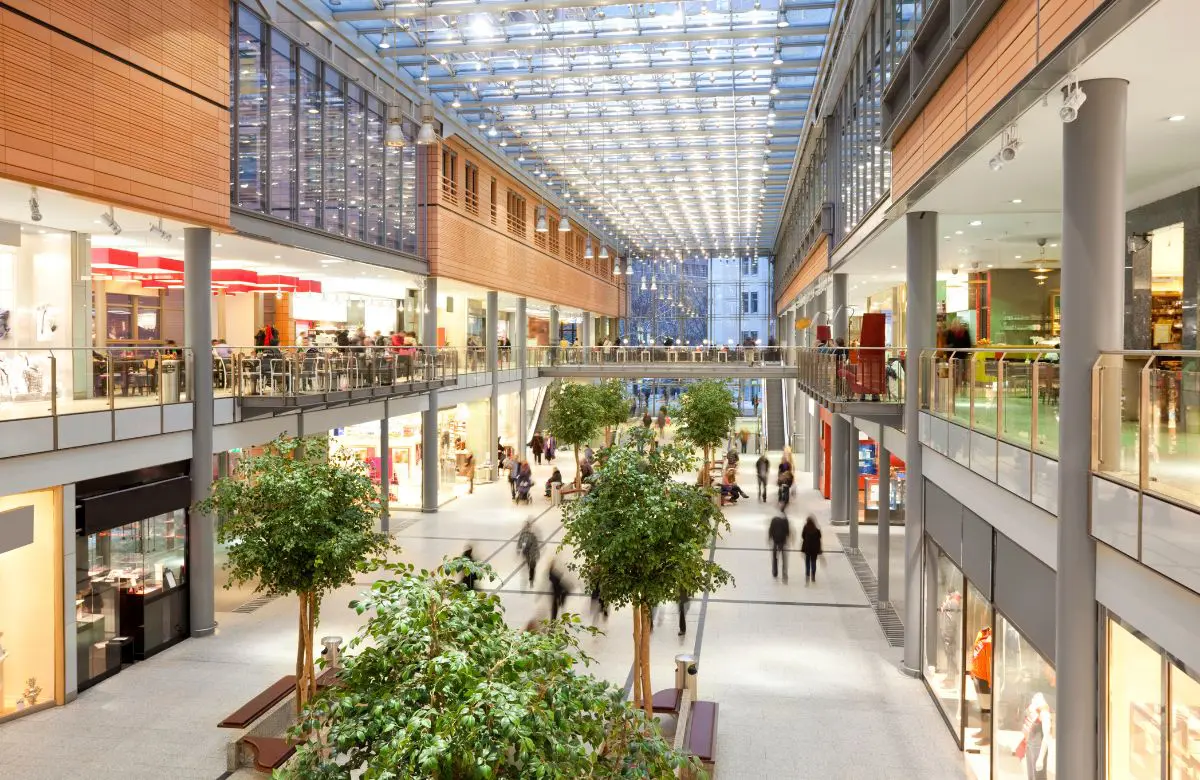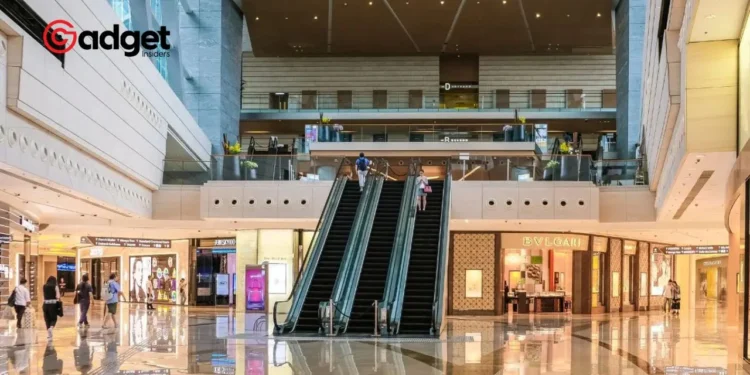In an era where the phrase “malls are dying” becomes a common refrain among consumers and analysts alike, recent developments in the retail sector paint a more nuanced picture of adaptation and resilience. As we delve deeper into the dynamics shaping the retail landscape in 2024, it’s crucial to separate the wheat from the chaff and understand the undercurrents driving change.
This article aims to shed light on the state of malls in the wake of the pandemic and the specific challenges faced by mall-based retailers, using Express Inc. as a case study.

The Mall Comeback: More Than Just Foot Traffic
Contrary to the gloomy predictions that have dominated headlines, malls are not on the brink of extinction. A new white paper by foot-traffic analytics firm Placer.ai, titled “The Comeback of the Mall in 2024,” reveals a promising rebound in mall visits.
While indoor shopping center traffic was reported to be down 5.8% compared to 2019, this marks a significant improvement from the over 15% decline witnessed in 2021. Even more encouraging is the performance of open-air shopping centers, which saw a mere 1% drop in foot traffic compared to 2019.
This data suggests a pivotal shift in consumer behavior, emphasizing the resilience of the mall as a business model. However, the landscape has evolved, with a notable pivot towards diversification in offerings. The key to drawing crowds lies in the integration of experiences beyond traditional shopping.
Dining and entertainment options, as underscored by Placer.ai, play a critical role in revitalizing shopping center traffic. Establishments like Texas Roadhouse and Main Event have proven successful in attracting visitors, pointing to a broader trend where malls transform into lifestyle destinations.
Havoc Food Festival 2024 buat comeback laaa dekat JB pada 1 Februari hingga 4 Februari 2024 di Angsana Johor Bahru Mall😋 pic.twitter.com/qqtG1A735U
— Visit Johor🏄🏻♂️ (@visitjohor_) January 24, 2024
The Express Dilemma: A Symptom of a Larger Trend
Amidst this backdrop of adaptation and recovery, not all retailers have navigated the waters of change successfully. Express Inc., once a staple in the American mall retail scene, finds itself grappling with significant challenges.
March brought news of the retailer receiving a delisting notice from the New York Stock Exchange, transitioning its stock to trade on the OTC Pink Market under the symbol EXPR. This move reflects the mounting pressures facing the brand, including a reported operating loss and an increase in debt—a testament to the harsh realities of the pandemic’s impact.
Express’s financial woes culminate in discussions around a potential Chapter 11 bankruptcy filing. Despite these turbulent times, Express’s performance in certain financial metrics has led Rapid Ratings to assign it a Low-Risk rating, albeit with caution due to significant liabilities impacting its financial health.

Navigating the Future: Adaptation Is Key
The tale of Express Inc. serves as a cautionary narrative for mall-based retailers. In an environment where consumer preferences shift towards casual wear and experiences over mere transactions, agility and innovation become paramount.
The resurgence of shopping centers, underscored by changing foot traffic patterns and the successful integration of non-retail offerings, highlights a path forward for retailers willing to adapt. As we look ahead, the retail sector stands at a crossroads.
The success of malls in 2024 and beyond will likely hinge on their ability to reinvent themselves as hubs of experiences, catering to a new generation of consumers seeking more than just shopping. For brands like Express, the road to recovery may be fraught with challenges, but it also presents opportunities for reinvention.
The future of retail is not set in stone; it will be shaped by the decisions of retailers to evolve or remain static in a rapidly changing world. While the narrative of dying malls is compelling, it overlooks the resilience and adaptability of the retail sector.
The journey of malls and retailers like Express in 2024 is a testament to the complex dynamics at play, emphasizing the importance of innovation and customer experience in the quest for sustainability.










